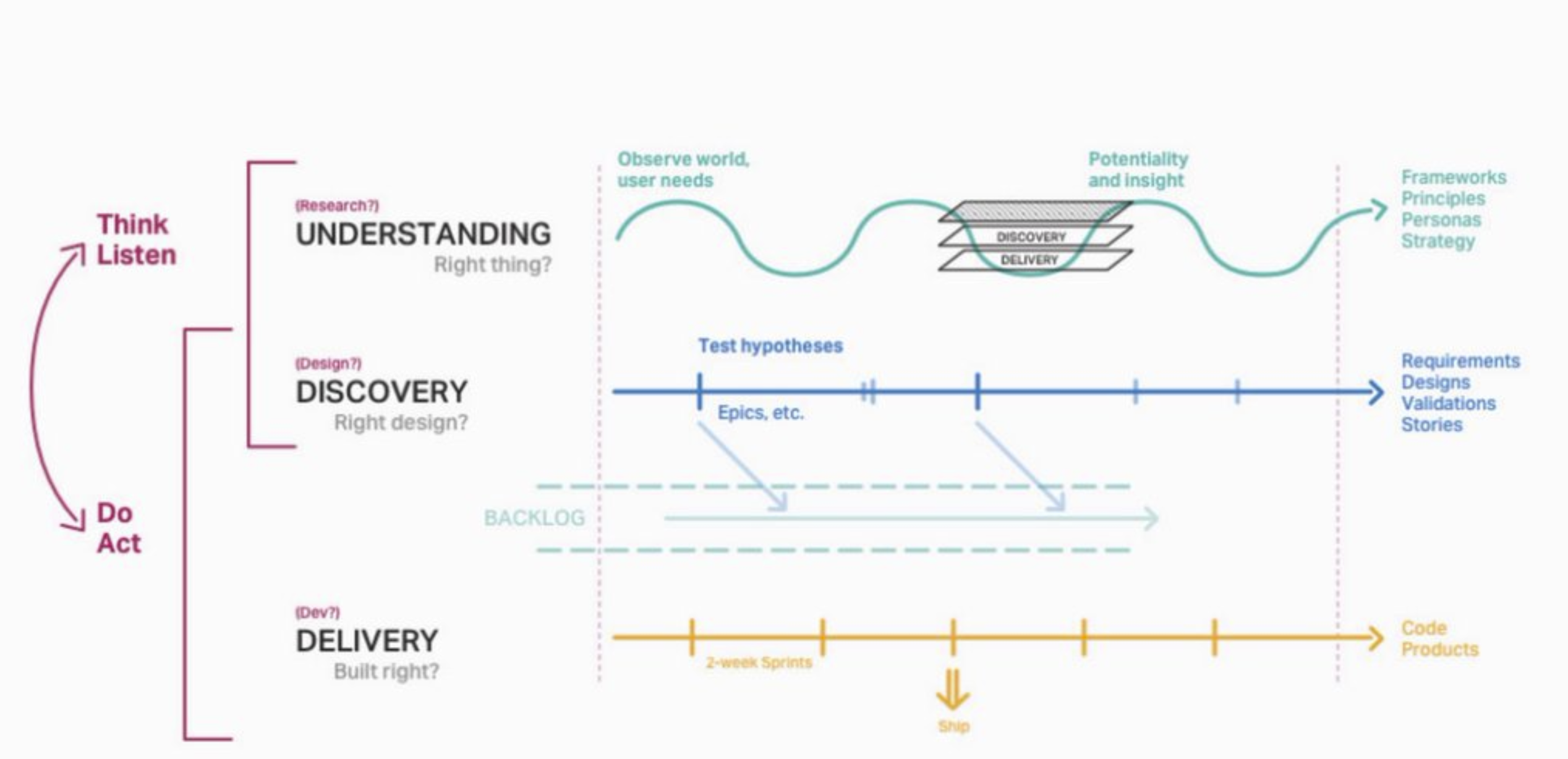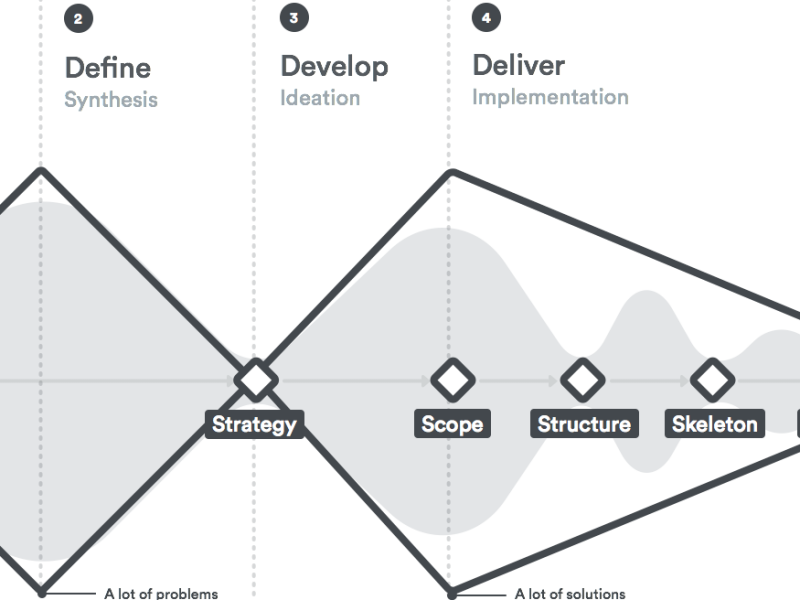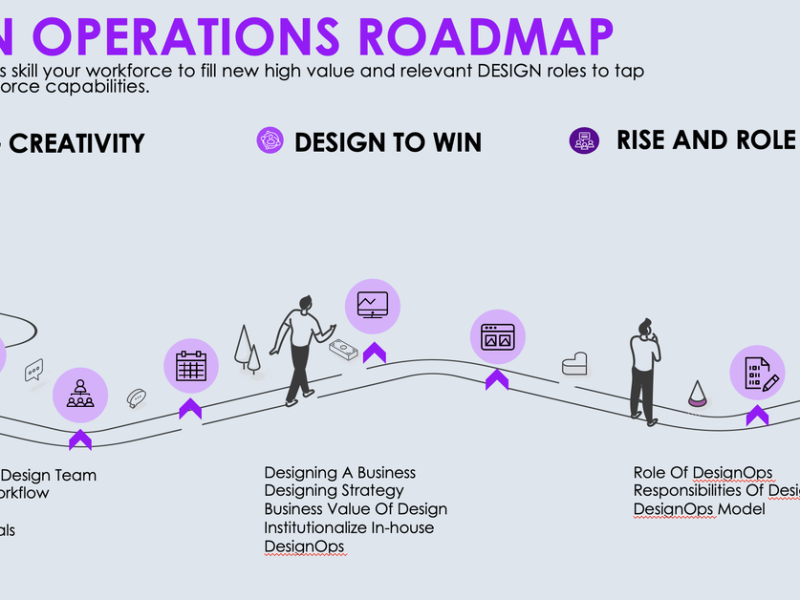Unlocking the Power of DesignOps: Driving Strategic UX Excellence
In today’s dynamic digital landscape, efficient design operations are the cornerstone of competitive advantage.
DesignOps — short for Design Operations — has emerged as the strategic framework enabling design teams to excel while aligning with business goals. Let’s explore how embracing DesignOps can transform your organization’s design function.
What is DesignOps?
The practice encompasses the systems, workflows, and cultural practices that optimize the efficiency, collaboration, and scalability of design teams.
Originating from the needs of fast-growing design functions, the practice ensures designers have the resources, processes, and support to deliver impactful results.
First introduced by Hot Studio, the concept has evolved into a discipline that organizations adopt to streamline design efforts.
Why DesignOps Matters
DesignOps bridges the gap between creativity and operational efficiency. It helps organizations:
- Boost Efficiency: Standardized processes eliminate redundancies, allowing designers to focus on innovation.
- Enhance Collaboration: Cross-functional teamwork flourishes under clearly defined workflows.
- Align Design with Business Objectives: Ensures design efforts contribute to overarching organizational goals.
- Scale with Confidence: Supports the growth of design teams while maintaining high standards.
The Core Elements
Implementing the practice involves focusing on several critical components:
- Standardized Workflows: Establish consistent processes for project initiation, execution, and delivery.
- Technology Optimization: Invest in tools like Figma, Sketch, or Miro for design and collaboration.
- Resource Management: Ensure designers have access to the training, tools, and infrastructure they need.
- Team Structuring: Organize teams for seamless collaboration and communication.
- Strategic Alignment: Integrate design initiatives with business strategies for measurable impact.
- Performance Metrics: Track and analyze KPIs to refine processes continuously.
Roles in a DesignOps Framework
DesignOps success relies on clearly defined roles, including:
- DesignOps Manager: Drives operational efficiency and process improvements.
- Design Leads: Oversee creative execution and maintain quality standards.
- Project Managers: Coordinate timelines and budgets.
- Stakeholders: Align design initiatives with business priorities.
- Designers: Execute creative tasks and contribute to strategic discussions.
Best Practices
To maximize the potential of the practice, consider these best practices:
- Document Processes: Create a centralized repository of workflows and guidelines.
- Leverage Modern Tools: Adopt platforms that foster collaboration and version control.
- Encourage Continuous Learning: Provide resources for upskilling and innovation.
- Measure and Optimize: Regularly evaluate outcomes to identify areas for improvement.
- Cultivate Flexibility: Adapt operations to evolving team and project needs.
Common Pitfalls and How to Avoid Them
Avoiding common mistakes ensures a smooth DesignOps journey:
- Ignoring Designer Input: Excluding designers leads to impractical processes.
- Undefined Responsibilities: Ambiguity in roles causes inefficiency.
- Underestimating Resources: Lack of tools and training hampers team performance.
- Neglecting Metrics: Without data, continuous improvement becomes impossible.
- Being Too Rigid: Overly strict processes stifle creativity and adaptability.
DesignOps in Action: Realizing the Value
Organizations that embrace DesignOps see:
- Faster Time-to-Market: Streamlined workflows reduce delays.
- Improved Design Quality: Consistent processes elevate creative output.
- Stronger Cross-Functional Collaboration: Unified goals align teams across departments.
- Scalable Design Practices: Efficient operations support team growth.
Learn More About DesignOps
For further exploration into DesignOps and its benefits:
- InVision’s Guide to DesignOps
- The DesignOps Handbook by DesignBetter
- Nielsen Norman Group on DesignOps
- Smashing Magazine: Introduction to DesignOps
By adopting DesignOps, organizations can harness the full potential of their design teams, driving innovation, efficiency, and alignment with strategic goals.
The result? Exceptional user experiences that propel business success.
If you’re interested in learning more about DesignOps please check out the DesignOpps handbook from the InVision team, is free and for sure will be very helpful for you.


